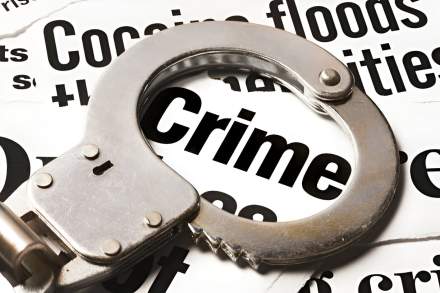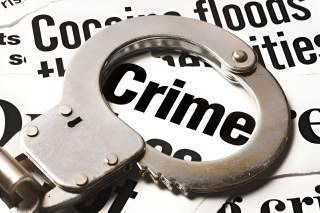When it is a pile-up or multiple car accident, it can be a really confusing situation for all parties. Perhaps the most typical question that occurs after such crashes is who is responsible in a pile up. Who is at fault in a pile up? In contrast to a normal two-car accident, these types of accidents usually mean multiple drivers, wrecked cars, and combinations of situations. Fault can be difficult to discern, and with a city where traffic is congested and roads are in bad condition, the answer isn’t always clear.
Understanding San Diego Pile-Up Accidents
Pile-up accidents or multi-vehicle crashes are those involving three or more vehicles. These are usually occurring on highways or traffic volume roads, where a small accident would rapidly grow. One vehicle’s sudden stop can initiate a series of rear-end collisions, resulting in massive damage and injuries.
Pile-ups can be particularly hazardous due to the inability to get away once multiple vehicles are entangled. The more vehicles involved, the higher the chances that individuals will be injured or trapped, and the more complicated it is to figure out what happened.
Identifying Fault in a Pile-Up Crash
Following a pile-up crash, the first thing is to ensure everyone’s safety. Once emergency personnel have arrived, police and insurance providers start the process of determining what led up to the crash. Their aim is to find out who could have caused or contributed to the accident.
Rear-End Collisions
This comes from the principle that drivers must keep a proper following distance. If you rear-ended the car in front of you, chances are you were too close or not paying close enough attention.
Chain Reaction
For instance, if the car in front suddenly brakes and gets rear-ended, and the rear-ended car runs into another car, the original driver may be at fault if they slammed on their brakes and made an unexpected move.
Multiple drivers might have behaved in such a manner that aggravated the situation. For example, one could have been speeding, another distracted, and another might have not kept a safe distance.
California Laws and Regulations
Comparative Negligence
California is a comparative negligence state. That is, any driver who contributes to an accident can be held partially liable for their actions. If you are 30% responsible, for instance, your award will be cut by that percentage.
It provides a more equitable result where multiple parties cause the accident. Even if you are partially at fault, you can still recover damages from the other parties.
Liability
Liability in a pile-up can extend beyond the drivers themselves. Occasionally, owners of vehicles, trucking firms, or even municipal government agencies might be held liable. For example, if bad road conditions or confusing signs were a factor in the crash, the city or road maintenance department might bear some responsibility.
Common Causes of Pile-Up Accidents
Knowing what causes pile-ups can help drivers avoid them. Make sure to check out these common causes explained below:
Distracted Driving: Drivers who are texting, on the phone, or not paying attention to the road are at risk of causing a pile-up.
Speeding: Speeding shortens reaction time. If one vehicle suddenly stops and another is traveling too fast to stop before the collision, it can cause a pile-up.
Inclement Weather: San Diego doesn’t have snowstorms, but fog, rain, or even occasional wildfire smoke can impair visibility. Bad weather can lead to drivers overestimating distances or losing their vehicle control.
Following a Pile-Up Accident
Safety First: If you are in a pile-up, the first priority is to look for injuries and call 911. If you can do it safely, steer to the side of the road to avoid additional crashes.
Document the Scene: Get photos of your car, other vehicles that were involved, the scene overall, and road signs and signals. If there are witnesses, attempt to get their contact details and a quick statement.
Notify Insurance: First report to your company. Provide them with all the information and the paperwork you’ve obtained. This will make your claim process easier.
Seeking Compensation: If you’ve been hurt or your car was damaged in a multi-car pile-up, you do have choices.
Insurance Claims: Not sure where to begin with? You can file a claim with the help of an insurance company. But with so many people, this can get tricky.
Personal Injury Lawsuit: If insurance will not pay for your losses, or if you were severely injured, a personal injury lawsuit may be required. This can allow you to recover for medical expenses, lost income, and pain resulting from the accident.
Conclusion
Pile-ups are multifaceted incidents with a lot of moving components quite literally and legally. Who is responsible for a pile up depends on considering the whole picture from initial collision to every driver’s behavior up to the wreck. California is a comparative negligence state, which means joint fault is allowed and multiple parties can be held responsible.
Whether you’re a driver, passenger, or witness, knowing how these accidents happen keeps you safer on the road. Consider taking advice from the team of DP Injury Attorneys for more info!











Leave a Comment